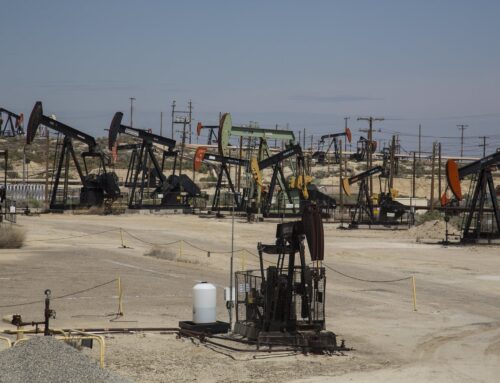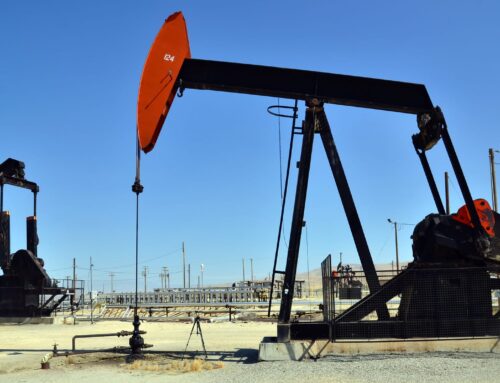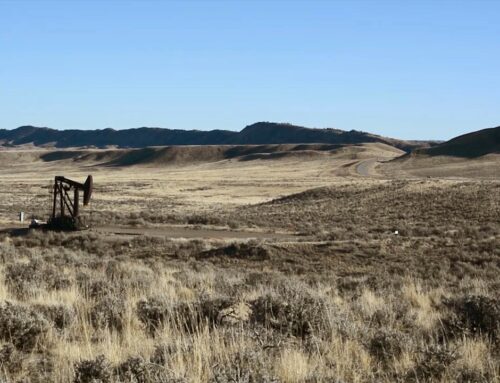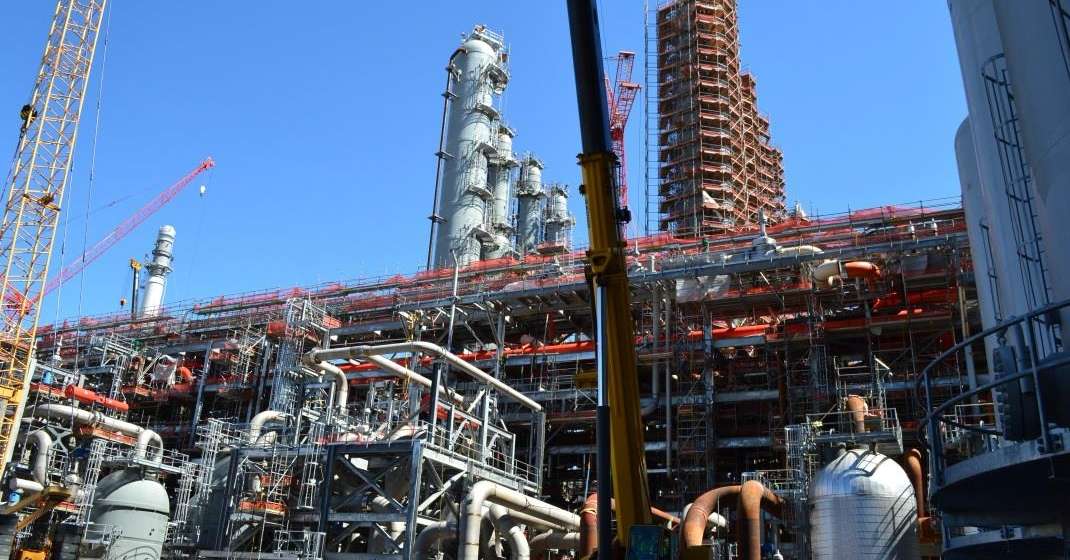The recent leaks at Archer-Daniels-Midland’s (ADM) facility in Decatur, Illinois, have highlighted the significant liabilities associated with carbon capture and storage (CCS). As the rule for implementing the expanded taxpayer-backed CCS tax credit is finalized, these incidents fuel the broader debate about the viability, safety, and appropriateness of taxpayer support of CCS.
ADM’s Decatur facility, hailed as a flagship CCS project, experienced its first major leak when approximately 8,000 metric tons of carbon dioxide (CO₂) escaped due to corrosion in a monitoring well. This breach violated the Safe Drinking Water Act and raised alarms about potential groundwater contamination. Just weeks later, a second leak was detected involving the movement of brine between underground layers 5,000 feet below the surface. ADM temporarily halted CO₂ injections to investigate the causes and extent of these leaks.
These incidents have raised fears about possible contamination of the Mahomet Aquifer, the only drinking water source for nearly one million residents in Central Illinois. Any pollution of the aquifer could pose severe public health risks with no alternative water supply available. If ADM’s project—the first in the U.S. to capture and sequester carbon underground—is grappling with these issues, it raises serious questions about the future of CCS as more projects come online.
From a fiscal perspective, CCS projects are heavily subsidized by taxpayer dollars through the 45Q tax credit. This credit functions like a production tax credit for every ton of CO₂ produced and then captured and sequestered, while doing little to mitigate the risks of carbon leakage. The recent expansion of 45Q could cost taxpayers more than $30 billion in the next decade. This raises an important question: Should these funds continue to subsidize oil and gas companies—the primary beneficiaries of CCS—or could they be better spent on proven clean energy solutions?
The proposed rule for the expanded 45Q tax credit, which is expected to be published soon, could play a pivotal role in shaping the future of CCS projects. The rule has the potential to address key oversight gaps, including a lack of verification of volumes reported to both the Environmental Protection Agency (EPA) and the Internal Revenue Service (IRS), insufficient record retention requirements, and an inadequate credit clawback period. The leaks at ADM, in particular, underscore the need to extend the clawback period to prevent CCS facilities from shifting liabilities onto federal taxpayers. Under current rules, the IRS cannot clawback or rescind tax credits after three years, even if a leak occurs later. Without updated rules, companies could walk away with lucrative tax credits while leaving taxpayers and communities to bear the environmental and financial costs.
To better protect taxpayers and communities and ensure that CCS projects don’t offload long-term risks onto the public, federal agencies like the EPA and the IRS must respond. This includes mandating more robust onsite verification of carbon sequestration measures and enforcing stricter monitoring, verification, and reporting requirements. The EPA and the IRS should coordinate efforts to share data and ensure compliance with all relevant rules. The IRS should also implement a minimum 12-year recapture period—the time during which the IRS can clawback previously awarded credits if a leak occurs—to match the 12-year window a facility is eligible to claim 45Q credits. This would help hold CCS facilities accountable for the carbon they inject underground and to protect taxpayers from long-term storage liabilities associated with CCS projects.
These updates are essential to shield taxpayers from the fiscal and environmental liabilities of CCS. The ADM leaks are a reminder that while CCS is often touted as a key tool in combating climate change, it carries significant risks—both environmental and financial. Stricter oversight is needed to ensure that taxpayer dollars are not wasted on projects that could leave communities vulnerable to harmful consequences. Without these safeguards, the taxpayers and communities will be on the hook cleaning up contaminated groundwater while handing out billions in lucrative tax credits.










